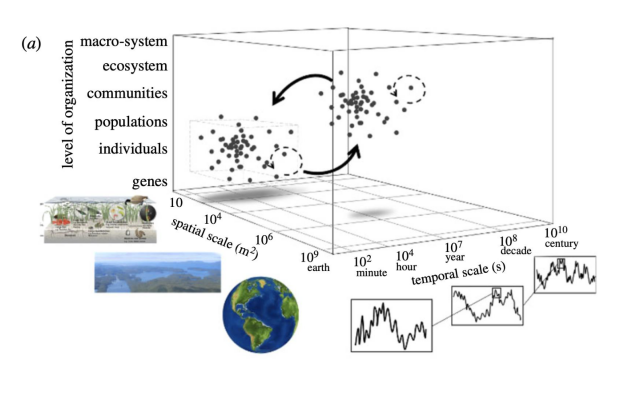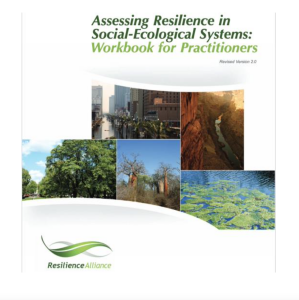Evaluating the biodiversity footprint of human activities
How can we predict extinctions?
Ecosystem modelling
Predictions are always based on models.
A model is a framework that makes it possible to link quantities, observations.
Science is a collective undertaking that seeks to take advantage of numerous individual observations and data and build models, often quantitative ones, that explain observed phenomena and predict future trends.
Quantitative models rely on theoretical arguments, often translated into equations.
Some express widely accepted principles such as conservation laws.
Others are empirical models that well reflect field observations.
Challenges associated with ecosystem modelling
Diversity of time and spatial scales
Lacunar data
Feedback loops
The validity of models is assessed by confronting them with experimental data. Data can be generated by researchers in their labs or on field, but also by many actors such as farmers, employees of national parks and even individuals involved in citizen science projects.
Biodiversity data are fragmentary by nature. Even if we were able to build a universal model, it would be impossible to validate it with certitude. But we are far from there. We work with a multitude of models, at different scales, both in space and time.
What is the use of these models?
In spite of uncertainties, there are general results.
For instance, models demonstrate that diversity is a source of resilience in ecosystems. Also, the specific modeling of an ecosystem such as a forest for instance can help identify its vulnerabilities and design preservation practices that target these weak points.

